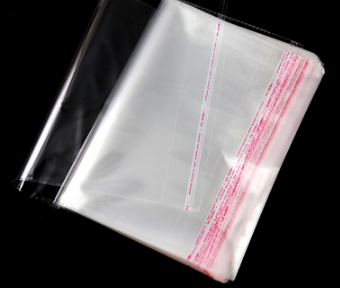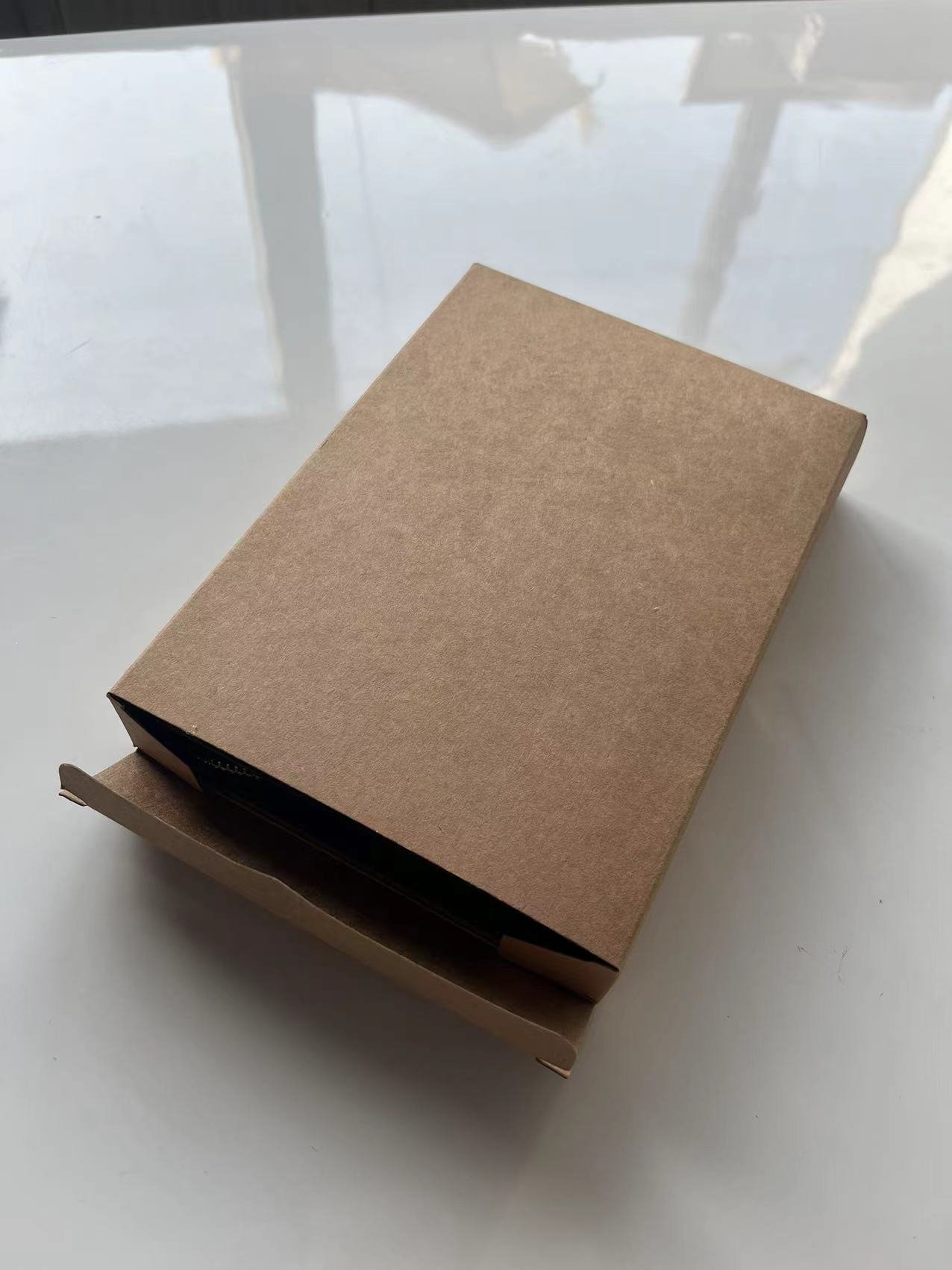In about 2017, a client of mine asked me to help him figure out how to print a catalog in China because printing in the USA was cost-prohibitive. A few years later, another client asked me to help her figure out how to print a faux leather journal in China. Since that time, more and more of my clients have printed journals or books in China, with me helping them to bridge some knowledge gaps and connect them with known printers. Here are a few “good to know”s about printing in China or overseas that could potentially save you thousands of dollars. Contact me with any more questions, or to work together on designing a book that you want to have printed overseas. And don’t miss previous posts about journal design and printing:
Researching multiple printers can be worthwhile, in particular if you expect to print your journal or book many times.
That said, researching various printers and getting pricing, timelines, shipping costs, etc. from each one takes a lot of time. This is why a lot of my clients appreciate simply being connected with one of the printers that I have worked with before. (While I cannot guarantee that they are the cheapest or fastest, I do know they have proven to be reliable.) One of my clients connected with the printer I recommended but also researched and contacted other printers. She estimated that this additional work took her at least 20 hours—budget that into your project time/costs!
You can ask for a discount to the pricing the printer presents to you.
This does not mean that you will get your discount. But you can ask!
Think about packaging ahead of time.
Do you want your journals to be shipped in sealed plastic bags? Inside a custom cardboard box? Or inside a paper envelope? Do you want the the overseas printer to provide the packaging or will you buy it more locally? Think about this when asking for pricing and design. The printer can often also provide images of boxes or bags they often produce. Here are some example images that one printer sent to me.
Always ask for printed proofs.
In my opinion, it’s too risky to order a journal or book from China after only approving a PDF proof (via email). It may cost about +$200 to get one printed copy of your journal airmailed to you, but it so worth it. I did have one client who found out some pages from his book were missing or out of order, and finding that problem in the printed proof saved him tons of money.
Rounded corners seem to help keep the books from getting as dented. Bags help to keep them from getting scuffed.
One of my clients ordered hardcover journals with square corners and PU (faux leather journals) with rounded corners and noticed that the rounded corner journals had fewer dings and dents. It’s also good to have each individual journal packaged in some kind of bag or wrapper to prevent scuffing during transport.
Ask for a picture of your products before your pay the final fee.
Often the printer will ask for 50% payment before printing begins and 50% after the books have been printed and are being shipped. You can ask for pictures or videos your final books on the pressroom floor or in the shipping area before they ship, just to be sure the final product has really been completed. This is just a small safety measure for you.
Prepare for printing, production and delivery to take longer than you expect.
Printing in China is not for people who are in a hurry. Maybe after the first or second edition of your book, when all the kinks have been worked out, you could place an order in the timeline the printer gives to you. But until then, there will always be some surprises or delays.
Order more books than you think you need.
If you absolutely must have a certain number of journals, order a few extras, or plan on about 10-20% fewer “perfect” copies than what you ordered.
Learning about shipping options might save you a lot of money.
The printers I have worked with will usually offer an option to ship right to to your door, where they cover the duty and get the books through customs for you. However, if you want to take a more hands-on approach, you can find a shipping service yourself and may save money.
Turn your “problems” into creative marking opportunities.
Printing (whether overseas or locally) presents challenges. One of my clients had a problematic order. While the printer I recommended to her did reimburse her for the damaged books, she was still stuck with a pile of journals with sloppy glue, scuffed covers, etc. She turned this into a marketing opportunity, offering the damaged journals for free or cheap to her online following: a creative way to get her journal out there, make some new connections (who doesn’t want a free journal?) and save wastage.
Plan a lot of lead time for marketing.
While you could ask a digital artist / renderer to mock up images of journals before you receive them, I suggest waiting until the final products arrive to really begin marketing them with actual product photos. You can have all your marketing set up and ready to roll once you can get the photos, ie: book your photographer or have your marketing campaign planned.
Make a plan for distribution ahead of time.
I am often asked about distribution options for journals, for people who don’t want to stock them and ship them themselves. I have heard of Flowspace and Shippo in the USA—maybe this gives you a bit of a head start. Some people send their product to an Amazon warehouse and have it distributed from there.
MORE TO COME…I hope to update this post periodically with more tips and tricks for printing a journal or book overseas.
I am a book and journal designer with 15+ years of experience in book printing and design, including five years working hands-on in the pre-press department at a book printer and experience designing journals for printing overseas. If you are wanting to get a journal designed or printed, I’d love to talk. Book a live consultation or fill out this journal questionnaire or book questionnaire to get started.






